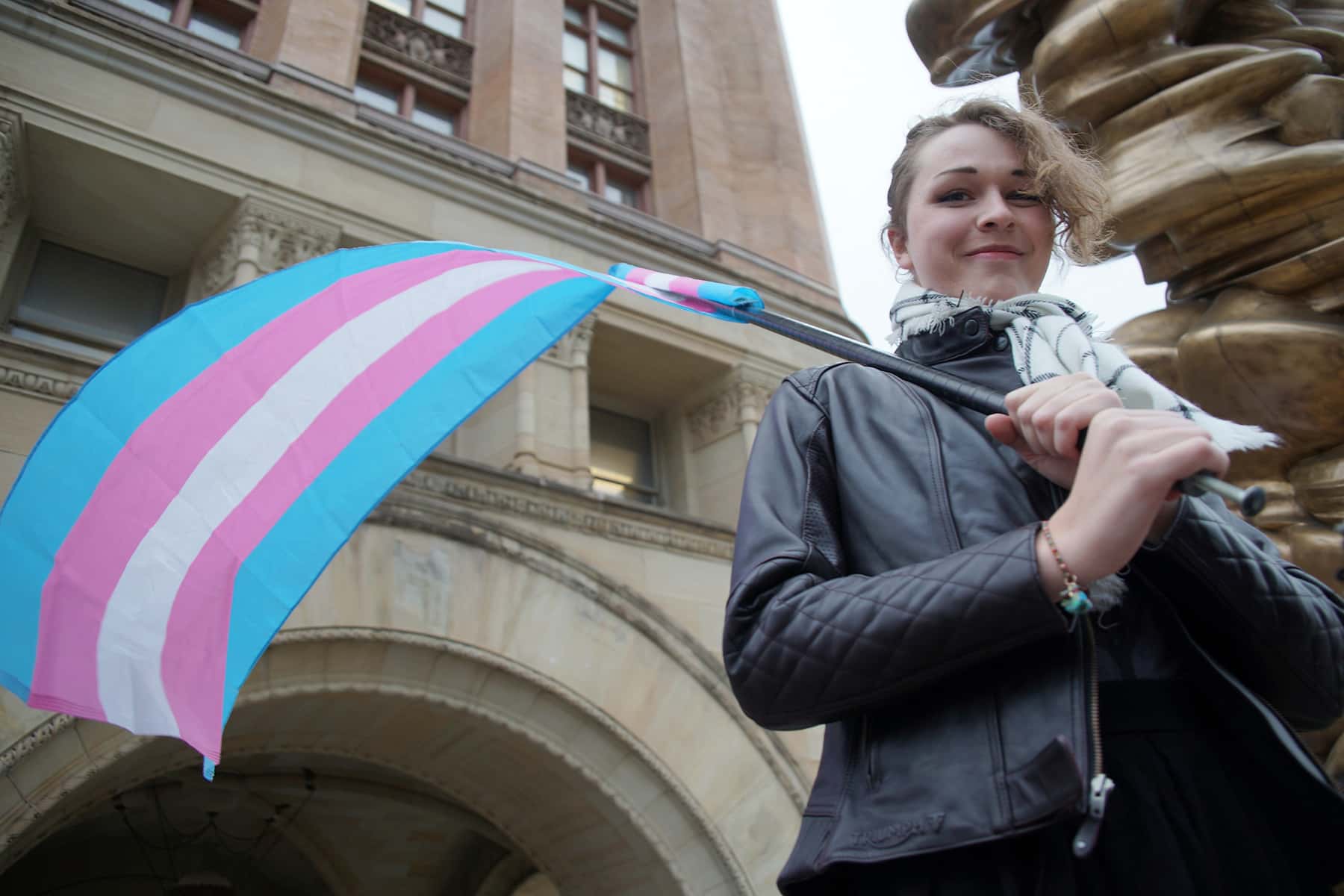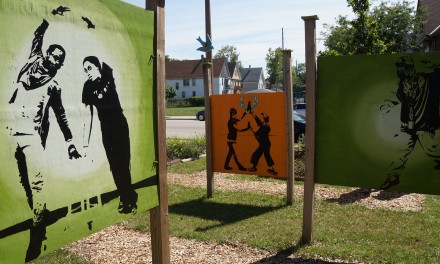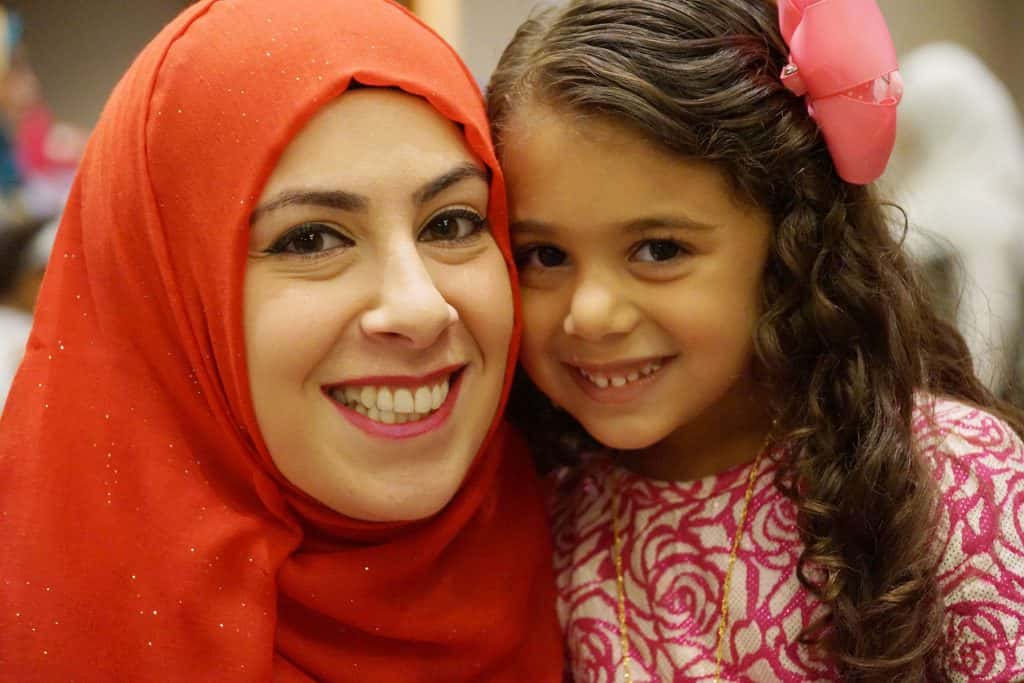
Transgender and LGBTQ+ youth are more likely to report unsafe school climates and mental health concerns than their cisgender, heterosexual peers, according to research by graduate students at the University of Wisconsin-Madison.
Only 66 percent of Wisconsin’s trans youth reported feeling safe at school, compared to 75 percent of LGBTQ+ youth and 83 percent of cisgender, heterosexual youth. And transgender students are more than three times as likely as their cisgender peers to report they have been bullied at school.
The findings are part of a report by UW-Madison graduate students Ben Lebovitz and Erin Gill and their advisor, Assistant Professor Mollie McQuillan. The three dug deeper into the 2021 Wisconsin Youth Risk Behavior Survey to study trans youth.
The report found there are ways to make trans and LGBTQ+ students feel safer at school. Protective policies could be put into place and more inclusive curricula could be added.
But these suggestions come as many legislative and school board proposals are focused on strengthening parental control of schools and targeting things like safe space stickers and books that deal with sexuality or include LGBTQ+ characters.
“One of the main reasons that we were inspired to do this work now is because of this moment that we find ourselves where we see these proposals,” Lebovitz said. “It’s especially relevant to be able to fall back on the most recent, the most relevant and the most accurate form of data that we have to point out what is actually happening in our schools.”
Survey measures youth health-risk behaviors
The youth risk survey is conducted every two years by the Department of Public Instruction. It’s part of a national effort by the U.S. Centers for Disease Control and Prevention to monitor health-risk behaviors of the nation’s high school students. Results from the 2023 survey are currently being analyzed and will be released soon.
Gill said the data they studied was collected during the COVID-19 pandemic, when trans and LGBTQ+ youth spent much of their time at home.
She anticipates data collected for the 2023 survey will show youth felt even more at risk. A transgender man, who asked to be identified only by the initial B. out of concern for safety, said he was a sophomore at Madison East High School in 2016 when he came out as a trans.
B. ended up transferring to Shabazz City High School, a smaller public alternative high school in Madison, because he didn’t feel safe at East.
“It was contributing a lot to the preexisting mental health challenges I had been dealing with,” said B. “I felt supported (at East), but I didn’t feel safe broadly. There was a lot of general transphobia, and I personally didn’t feel comfortable doing things like going to the bathroom.”
The report found school safety issues contribute to differences in belonging and skipping school.
Among transgender youth, 8 percent of students said they skipped school because they feel unsafe compared to 12 percent of LGBTQ+ youth and 5 percent of cisgender, heterosexual students.
A recent graduate from the Madison Metropolitan School District, who asked to be identified only by the initial D. also out of concern for safety, said as a transgender man, he had some places in school that he felt were safe and actively welcoming and other places that were not.
“The ones that were actively welcoming were the ones where I learned the most, both about the subject matter and about myself, my peers and about the world that we live in,” said D.
Transgender youth turn to adults other than parents
The report found supportive school-based resources are needed to offset the mental health risks. Trans and LGBTQ+ students reported they are more likely to discuss feelings of depression and anxiety with adults who are not their parents or guardians, including teachers and school staff, when compared to cisgender, heterosexual youth.
Wisconsin Assembly Republicans approved a bill last month that would give parents the power to review instructional materials for their kids and decide what name and pronouns they’re allowed to use at school.
McQuillan, an assistant professor in educational leadership and policy analysis, said the argument for the Parental Bill of Rights is that parents should be providing support to their children, not other adults.
“What we see in this analysis is that kids need multiple sources of support,” McQuillan said. “There might be situations in which kids just aren’t going to go to their parents to get that critical support that can buffer some of the poor health outcomes that we see that are higher among LGBTQ and more specifically trans and non-binary youth.”
B., who graduated high school in 2018, has kept an eye on legislative and school board proposals. He says his own experience was difficult enough, with veiled transphobic threats.
“Which is also still a hell of a lot for any kid to have to live in and around,” B. said. “But knowing how difficult my experience was, with all of the support that I had, makes me really concerned for students that don’t have that level of support, especially when those challenges are coming from the state government or the school board that are mandating that students be targeted.”
Corrinne Hess
Lee Matz
Originally published on Wisconsin Public Radio as Trans youth feel less safe than LGBTQ+ counterparts at school














